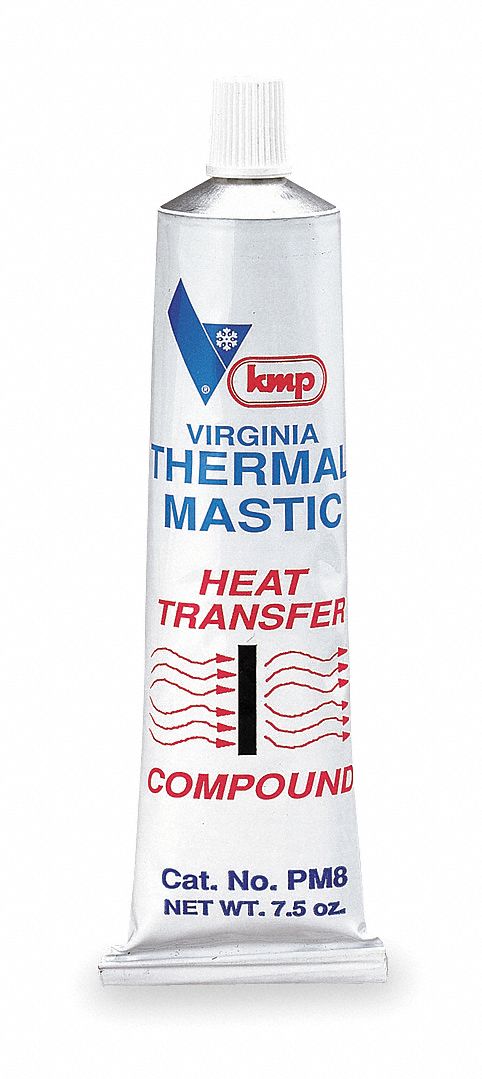So our glycol system is oversized for our current setup (expansion plans later on) so it does a really good job. Too good. We're having trouble getting the probes in our uni's to show 34, beers seem to stop around 38-40.
System: four 10bbl double jacketed tanks, jackets ran in parallel. Glycol's 10 horse, running 26 degrees and 15 psi. Didn't think stratification would be a major issue at this size but apparently it might be. Don't think we've eisbocked it.
Anyhow: thoughts on how to do a controlled crash of the beers without this happening? And how to mix the ones that already are crashed? Trying not to re-mix the finings and cone gunk if possible.
Trying to get a protocol in place. Thinking:
As for the existing tanks we're thinking:
- up the temp on the glycol and pump it around 34 degrees?
- pump over to another uni to mix?
- bubble co2 up the drain port?
- turn the racking arm up at an angle and bubble through it?
- recirc through racking arm, with de-o2'd water to prime the pump?
- some kind of cycle between the jackets, 15 minutes on top, 15 on bottom, etc to try and get a current going?
Anyhow, going to go chip some ice off my valves now.
System: four 10bbl double jacketed tanks, jackets ran in parallel. Glycol's 10 horse, running 26 degrees and 15 psi. Didn't think stratification would be a major issue at this size but apparently it might be. Don't think we've eisbocked it.
Anyhow: thoughts on how to do a controlled crash of the beers without this happening? And how to mix the ones that already are crashed? Trying not to re-mix the finings and cone gunk if possible.
Trying to get a protocol in place. Thinking:
- Main Ferment - Top jacket open 50%, bottom closed. It's rolling anyway, don't want a cold pocket forming on the bottom.
- Secondary - crack bottom open a bit, 10%. Things are settling, want to compact the yeast cake.
- Crash/Dump/Fine - Drop to 40, open bottom valve 50% and close top to 10%? Don't want top to become more dense than bottom. Use fining injection through upturned racking arm to mix things a bit.
- Final rest - drop to 34 - open top to 50% until everything balances out?
As for the existing tanks we're thinking:
- up the temp on the glycol and pump it around 34 degrees?
- pump over to another uni to mix?
- bubble co2 up the drain port?
- turn the racking arm up at an angle and bubble through it?
- recirc through racking arm, with de-o2'd water to prime the pump?
- some kind of cycle between the jackets, 15 minutes on top, 15 on bottom, etc to try and get a current going?
Anyhow, going to go chip some ice off my valves now.


Comment